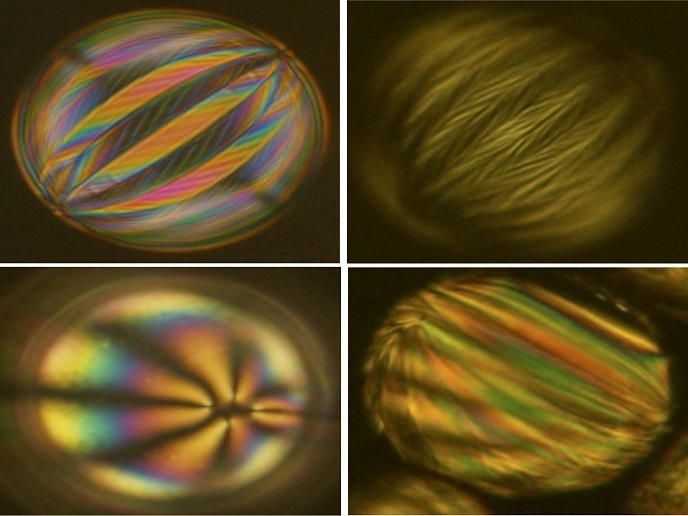Nano-structured soft matter fluids
Soft materials, including polymers, liquid crystals and nematic colloids, are promising candidates for bottom-up nanotechnology. Many of them self-assemble to form micro- and nano-structures with specific ordering and periodicity. Such materials can exhibit topologies that go beyond simple physical shapes and also affect macroscopic properties, like optical response, diffusion or response to magnetic and electric fields. These possibilities have inspired research to find new ways to engineer materials with unusual topologies. Within the EU-funded project FREEFLUID (Channelfree liquid crystal microfluidics), scientists demonstrated control over the flow of complex nematic fluids and self-assembly of selected 3D structures. At the core of their work were anisotropic nematic fluids which have the orientational order of their constituent molecules or building blocks that can be designed so that structures with various functionalities can be self-assembled. The FREEFLUID team, working closely with multiple collaborators, designed multiple materials for tuneable flow shaping and dynamic modelling of light-controlled topological charge as well as fluid structures, including, Penrose tilings of pentagonal colloidal platelets, knotted colloidals and field knots. Scientists demonstrated the flow of a nematic liquid crystal in microfluidic channels with a rectangular cross section through numerical modelling and experimental work. The flow profile and the liquid crystal orientational profile show three distinct regimes of weak, medium, and strong flow as the driving pressure varied. These were identified by comparing data from polarising optical microscopy experiments and numerical solutions of the nematofluidic equations of motion. Also, the liquid crystalline microfluidic flow could be fully steered from left to right in a simple micro-channel by applying transverse temperature gradients. By using fully dynamic modelling, scientists demonstrated that it is possible to have full control over creation, manipulation and analysis of topological charges that are pinned to a microfibre in a nematic liquid crystal. Oppositely charged pairs were created through the Kibble-Zurek mechanism by a laser-induced local temperature quench applied in the presence of symmetry-breaking boundaries. Penrose tilings were also formed in layers of nematic liquid crystals using numerical modelling. Specifically, the surfaces of particles were designed to effectively develop interaction potentials between particles that were compatible with the five-fold quasicrystalline symmetry of Penrose tilings. The demonstrated colloidal tiling was shown to also support hierarchical substitution of pentagons with smaller size pentagons, leading to optically multi-frequency responsive hierarchical materials. Lastly, knotted colloidal particles were shown to interact with the surrounding nematic fluid. Knotting of particle and field knots were observed to evolve by morphing knot-particles into spheres. The knotted defect loops were linked to each other and defects were progressively rewired. Thanks to the softness of nematic liquid crystals, it was possible to follow topological charges. In summary, the FREEFLUID research set-up offered exciting control over how fluid structures and fluid flows can be shaped at micro- and nano-scale, utilising numerical modelling and collaborative experiments. The outcome opens the way towards development of functional soft materials with unprecedented properties for possible future use in optics, photonics, and biotechnology.




